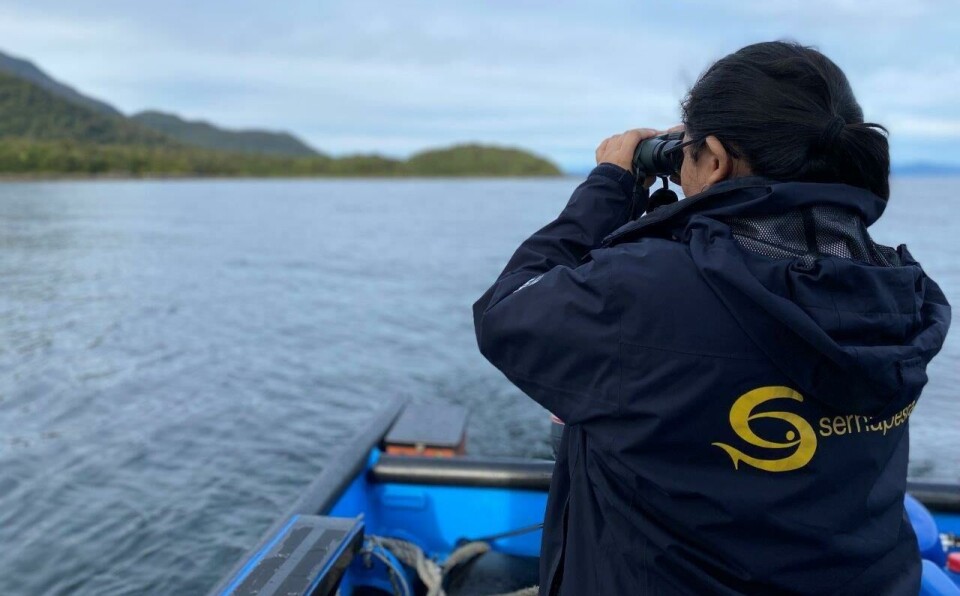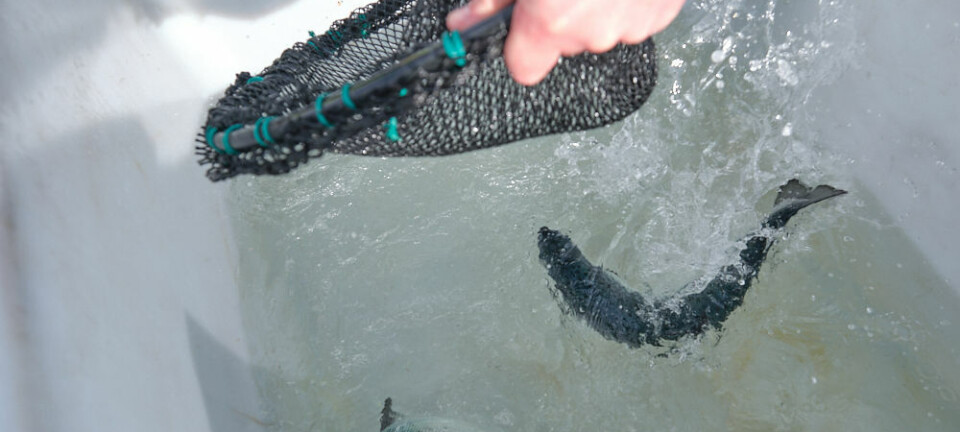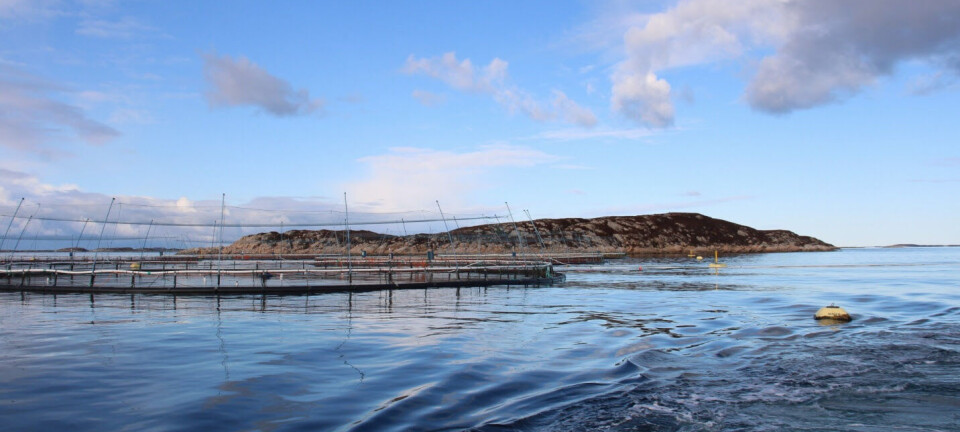
SRS pushed Chilean salmon farming antibiotic use up by 9.7% last year
The use of antibiotics in Chilean salmon farming increased by 9.7% last year, while use of anti-lice drugs fell by 1.8%, according to a report by the National Fisheries and Aquaculture Service (Sernapesca).
The sector’s Antibiotic Consumption Index (ICA) was 0.034, up from 0.031 in 2023, and the first increase since 2021.
“This increase is related to environmental events that occurred in the Los Lagos and Aysén regions at the end of 2023 and the beginning of 2024, which is corroborated by the data presented in the 2024 health report,” said Sernapesca.
“These environmental events generate favourable conditions for the development of diseases, which ultimately require treatment to maintain the health and wellbeing of the fish.”
336 tonnes of antibiotics
Because seawater cultivation is carried out in cycles, the report also provides detailed information by cycle from 2022, and in this case includes the production cycles that completed their harvest between January 1 and December 31, 2024. This corresponds to 301 production cycles that totalled 336.26 tonnes of antibiotics, 61,214.59 tonnes of mortality and 1,051,013.47 tonnes harvested, with a complete-cycle ICA of 302.33 grams per tonne (0.031).
The most common (96.98%) antibiotic used is florfenicol, and to a lesser extent, oxytetracycline. The use of these drugs is primarily associated with the control of piscirickettsiosis (SRS), accounting for more than 96% of use, and to a lesser extent, kidney disease (BKD) and tenacibaculosis.
The report said PROA-Salmon (Programme for the Optimisation of the Use of Antimicrobials) certification has proven successful in reducing antibiotic use, with an ICA 93.7% lower than the national average. PROA-Salmon-certified harvests in 2024 correspond to 28.7% of the volume harvested, 34.5% of which was certified antibiotic-free.
Anti-lice drugs
Regarding antiparasitics, the document presents the data on the use of this type of drugs as the Antiparasitic Consumption Index (IC APT) by complete cycle, making a different calculation for hydrogen peroxide (IC P), due to the difference in volumes used and its lower environmental risk due to its rapid decomposition into water and oxygen.
For 2024, the national ATP IC corresponded to 4.29 grams per tonne produced, from 301 the same production cycles used to measure antibiotic use. This value corresponds to a 1.8% decrease compared to the same period in 2023, when the IC APT was 4.85 g/t.
The IC P corresponded to 10,890 grams of hydrogen peroxide per tonne produced, with a total of 12,112.48 tonnes of this product used, an increase of 111% (5,150 g/t in 2023).
“The complete-cycle Antiparasitic Consumption Indicator (IC ATP) shows a decrease in 2024. On the other hand, the Hydrogen Peroxide Consumption Index (IC P) shows a significant increase, demonstrating a preference among companies for this active ingredient due to its comparative advantages,” Sernapesca details in the report.
























































